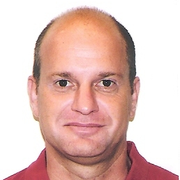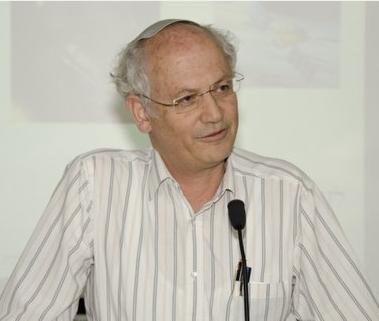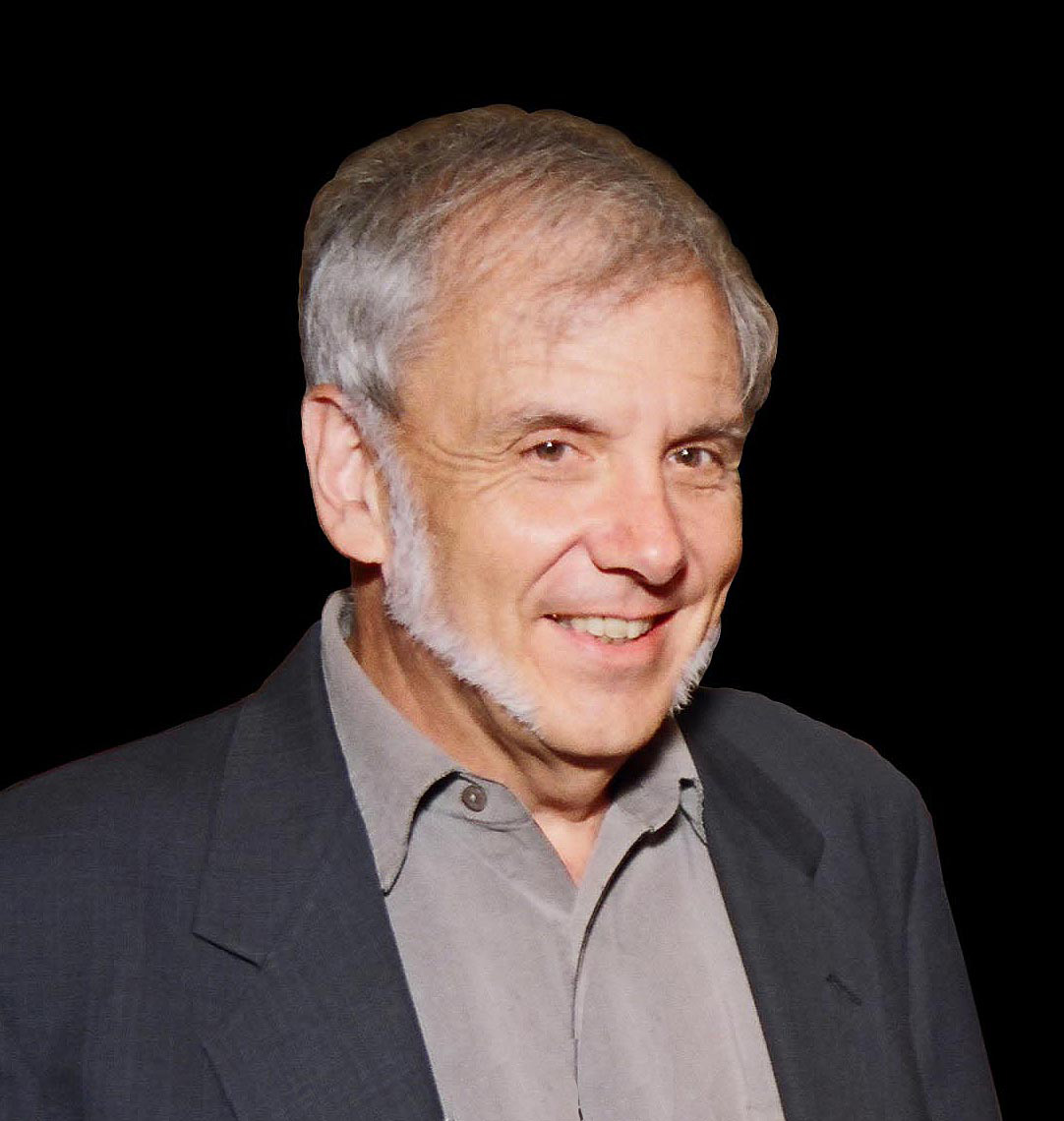Visiting Scholars
Visiting Scholars
| Visitor | Period of stay | Research interests | |
|---|---|---|---|
Marek Abramowicz |
12 May 2024 to 19 May 2024 | Prof. Marek Abramowicz earned his Ph.D. in theoretical physics from Warsaw University. After that he worked for several years at Stanford University and University of Texas at Austin. Later, for more than a decade, he collaborated closely with Dennis Sciama, first at Oxford University and then at the International School for Advanced Studies in Trieste. For twenty years he was a member of the Academic Board at the Salam's International Centre of Theoretical Physics in Trieste. In 1990-1994 he was professor of astrophysics at Nordita, the Nordic Institute for Theoretical Physics in Copenhagen. He was the Chair professor of Astrophysics at Göteborg University and Chalmers University of Technology in Sweden for many year. Now he is a professor at the Nicolaus Copernicus Astronomical Center of the Polish Academy of Science, and a member of the European Academy of Sciences and Arts. His main field of research is theory of black hole accretion disks. Together with collaborators he discovered and/or developed models of Polish Doughnuts, Slim disks, ADAFs, magnetically arrested disks (MAD). The well-known model of slim accretion disk has been considered as one of the foundations of understanding the formation and growth of supermassive black holes. |
 |
Minjin KIM |
24 February 2024 to 25 February 2024 | I am an associate professor in Department of Astronomy and Atmospheric Sciences at Kyungpook National University. My main research interests are the physical properties of Active Galactic Nuclei (AGN) and their host galaxies, and the evolution of nearby galaxies. I am also involved in SPHEREx space mission. |
 |
Past Visiting Scholars
| Visitor | Period of stay | Research interests | |
|---|---|---|---|
|
Dimitris Stamatellos Jeremiah Horrocks Institute, University of Central Lancashire |
21 May 2016 to 6 Jun 2016 | Star formation, exoplanets, brown dwarfs, low mass stars, protoplanetary disks, binary stars, gravitational instabilities, computational hydrodynamics and radiative transfer. |
 |
|
Simchon Faigler Tel Aviv University |
20 May 2016 to 27 May 2016 |
 |
|
|
Tsevi Mazeh Tel Aviv University |
20 May 2016 to 27 May 2016 | Extrasolar planets, transiting extrasolar planets, binaries, eclipsing binaries, dynamics, data analysis and algorithms, analysis of photometric and spectroscopic data |
 |
|
Christopher Sneden University of Texas at Austin, USA |
18 May 2016 to 22 May 2016 | the chemical compositions of stars based on spectroscopic studies |
 |
|
Ezequiel Treister Pontificia Universidad Católica de Chile |
18 May 2016 | Active Galactic Nuclei (AGN), Galaxy formation and evolution, Black holes |
 |
|
Ruobing Dong Lawrence Berkeley National Lab |
9 May 2016 to 15 May 2016 | My main research interests are in the general area of extrasolar planets. Specifically, how to connect the theories of planet formation with observations of protoplanetary disks. |
 |
|
Keiichi Umetsu Academia Sinica Institute of Astronomy & Astrophysics (ASIAA) |
3 May 2016 to 24 May 2016 | Gravitational Lensing, Observational Cosmology, Galaxy Clusters, Cosmic Structure Formation |
 |
|
Lei Hao (郝蕾) SHAO |
21 Apr 2016 to 24 Apr 2016 | AGNs, Starbursts, dwarf galaxies, and high-redshift Lyman-Alpha emission-line galaxies |
 |
|
Yujing Qin (秦雨静) Shanghai Astronomical Observatory |
14 Apr 2016 to 14 May 2016 | the interpretation of galaxy morphology with orbital dynamics and the spontaneous modelling of galactic structures and stellar populations |
 |
|
Katelyn Allers Bucknell University |
12 Apr 2016 to 12 May 2016 | directly-imaged exoplanets, brown dwarfs, young stars and infrared spectroscopy |
 |
